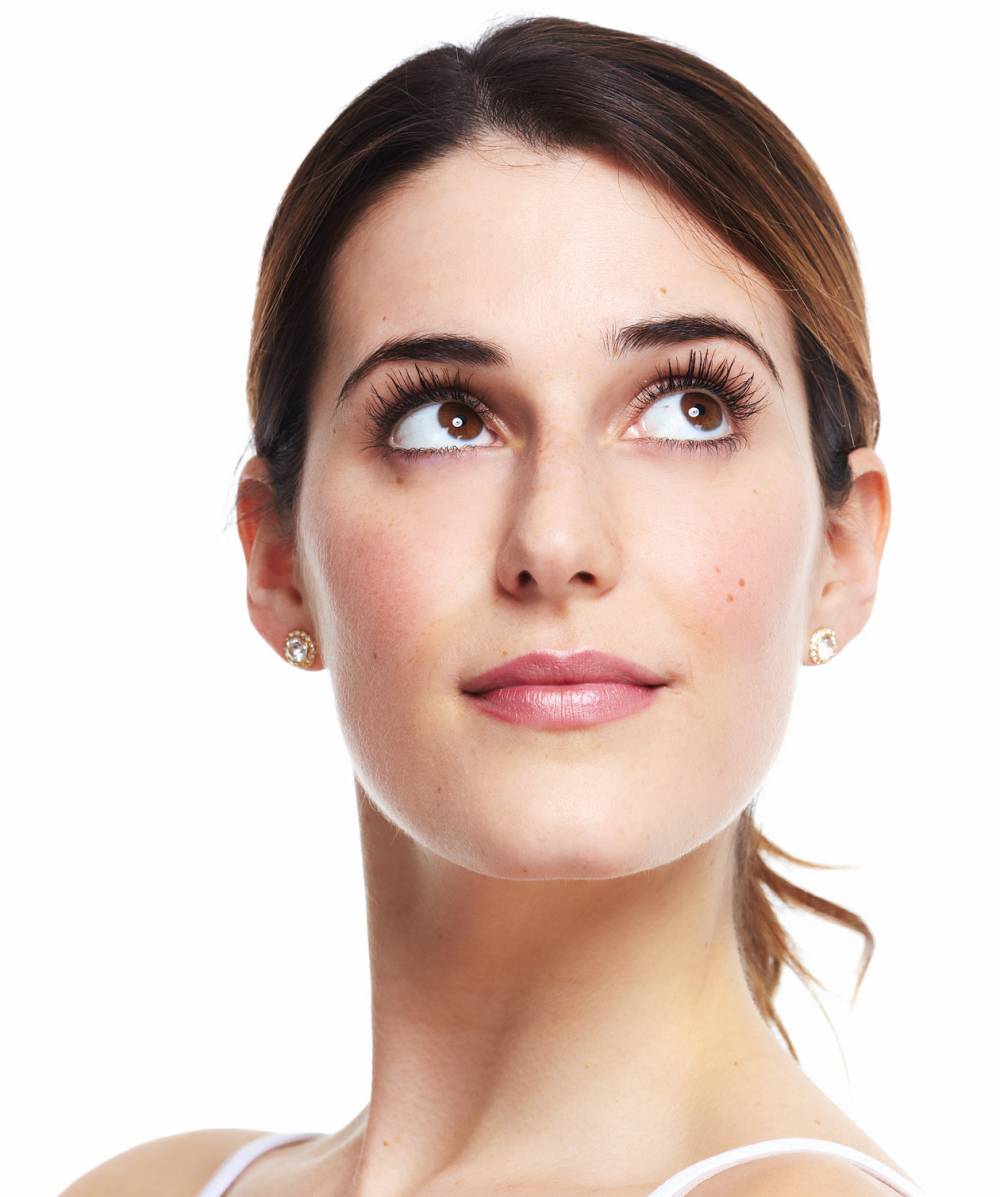Medical Uses Of Botox
Botox is very well known to decrease the visibility of facial wrinkles. It is injected into the muscle to temporarily prevent it from moving, thus causing muscle relaxation. Botox injections can be used not only for aesthetical reasons, but also for medical:
Hyperhidrosis.
Hyperhidrosis, in other words excessive sweating, is a very common disorder. People tend to get sweaty when they are nervous, stressed, or hot and it can be embarrassing to have sweat stains on your clothes. It can affect your romantic and work relationships. Botox treatment for excessive sweating brought into the masses Hollywood stars who did Botox injections for red carpet events to make sure there are no sweat stains on their gowns. With the right professional, hyperhidrosis can be easily be treated with Botox. You can get rid of sweaty palms, sweaty feet, and sweaty underarms. With the help of Botox injections people with this disorder can achieve a better quality of life.
Migraines
Botox has been proved to reduce headaches. It might be a good solution for people who experience migraines more than 15 times a month. The specialist injects Botox in different muscles of head and neck. All you need is 2 treatments 12 weeks apart. You will start feeling the results in 4 weeks after the treatment. Only a health care provider who is experienced in treating chronic migraines with Botox can perform the treatment.
Eye twitching
Botox can even treat blepharospasm - involuntarily closing of the eyelid, or in other words, eye twitch. Botox relaxes the muscle and the spasm will start disappearing as 2 days after the injection. The relief lasts between 3 and 6 months.
Before the Treatment
If you are treating hands and/or feet for hyperhidrosis your doctor might numb the area first. Consult with your health care provider prior to the treatment, especially if you experience discomfort with needles.
During the Treatment
Your doctor will inject tiny amounts of Botox in the areas that need to be treated with a very small needle. The treatment feels like pinching, most people do not complain on discomfort.
After the Treatment
Do not rub the area, do not massage it. Avoid touching it for the next 24 hours - let your skin heal. Avoid excessive physical activity after the treatment and book your 2-week follow-up appointment in advance.
